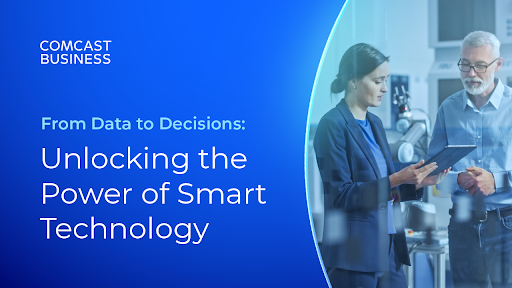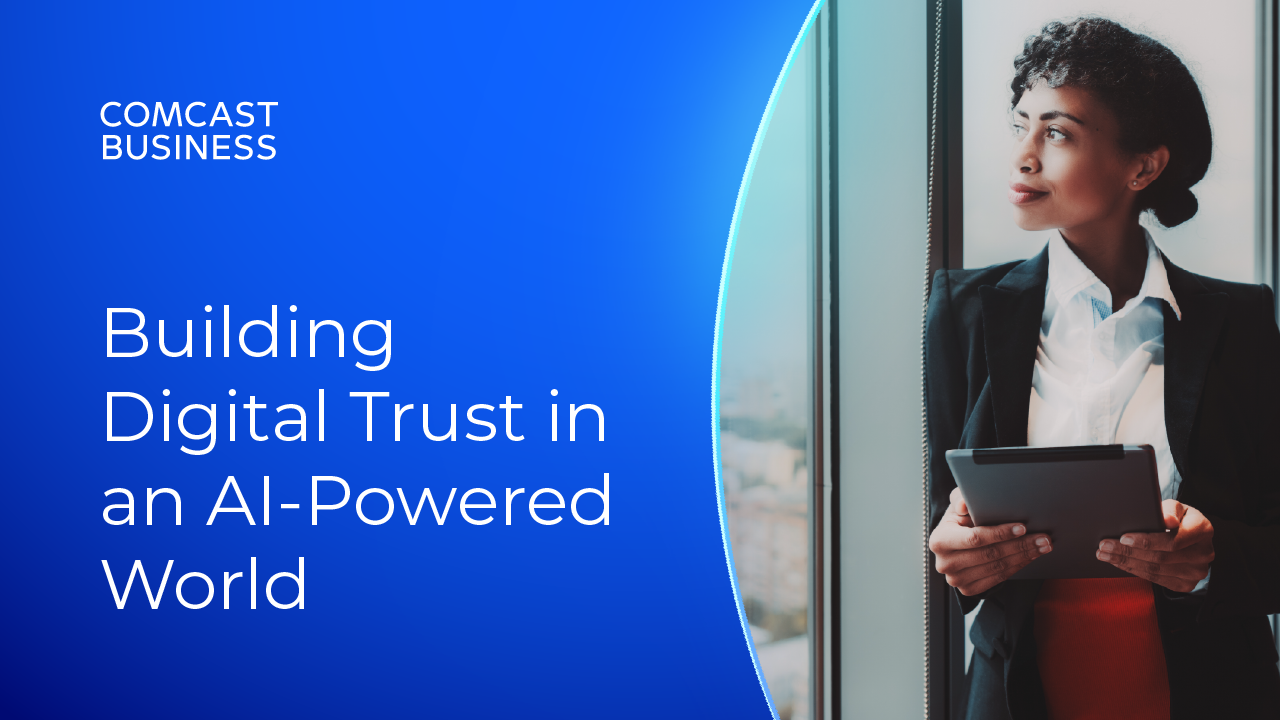The Power of WiFi and LoRaWAN to Optimize IoT Operations

As the sensors and hardware that drive the Internet of Things (IoT) get smarter and more numerous, network providers will need to work with businesses to consider proper bandwidth and security.
IoT offers the potential for improved operations and greater insights into performance across virtually all industries. From smart cities to manufacturing, to healthcare, agriculture, and retail, companies have more than ever deployed IoT sensors and devices to offer more accurate, actionable data, and help drive new revenue streams through better informed decisions.
The IoT market is expected to continue its growth trajectory. By 2027, there will be 41 billion connected IoT devices, or “things,” according to a report from Business Insider, up from 8 billion in 2019. All told, the IoT market is expected to grow to more than $2.4 trillion annually by 2027.
The ability to integrate modern devices with Internet connectivity is good for business. But all of this doesn’t happen in a vacuum. Robust technology that can gather and process huge amounts of data, transmit it great distances, and turn it into reliable actions quickly requires networks that can handle the work.
Underlying network technologies such as 5G, WiFi, and low-power, long-range wide-area networks (LoRaWAN), need to work in tandem as organizations seek to optimize sought-after efficiencies. Let’s have a look at how that works.
The current state of IoT and network needs
In an effort to make operations more efficient and effective, an increasing number of companies are deploying IoT, AI, and machine learning, connecting billions of sensors and transmitting data through battery powered devices. Although the technology is similar, the deployment is different by industry. Examples include:
Energy and utilities. Water meters and use optimizations, buoy sensors in the ocean to detect tsunamis. Automated smart valves to flush systems, leakage detection.
Healthcare. Refrigeration monitoring for medications, equipment location and monitoring, sanitation reminders and monitoring.
Smart cities. Municipal lighting control, waste management, fire and water leak detection and response, rodent control.
Asset tracking, fleet management, and logistics. Everything from people to pallets, bicycles, animals, cargo ships can be monitored and tracked. Help plan floor space, worker shifts, lunch breaks to help make warehouses and operations more efficient, while increasing analytics that can help drive decision-making.
The reality is that IoT will continue to grow in many different industries as companies discover more use cases that can help them create efficiencies that make operations more efficient. This will require investment in infrastructure upgrades to properly support the additional network needs. The good news is that most enterprise companies already have the WiFi and broadband bones in place to upgrade their systems.
As the number and type of IoT devices and sensors proliferate, networks can provide:
Increased ability to connect any number of myriad IoT endpoints
Reliability
Smart gateway intelligence
Programmability
Edge processing
Traffic monitoring and prioritization
Managed connectivity costs
“Connectivity is the lifeblood of a business these days,” says Christian Nascimento, Vice President, Product Management and Strategy, Comcast Business. “Everyone already has broadband or some form of connectivity. It’s not a huge investment to layer sensors and analytics resources on top of that. The longer-term benefits that a business gets far outweigh the costs.”
The marriage of WiFi and LoRaWAN
Advancements in technology are leading to smarter sensors that make localized decisions and become actionable insights. Machine learning and AI will help sensors get smarter, but they will also need a robust and capable network for optimal performance.
“There will be more needs than any one network will be well-suited to solve,” says Nascimento. “The important thing is to find technologies that are complementary and make them work together.”
In other words, organizations will need to incorporate elements from different communications technologies to get the results they need. Let’s look at the different network workhorses and how they’ll work together.
WiFi Most organizations already have broadband in place which is ideal for transmitting large amounts of data over short distances with low latency. WiFi can support critical services, real-time applications, and remote manufacturing
LoRaWAN Unlike WiFi, this technology can travel long distances, up to 20 miles and can penetrate through walls, concrete, and even underground. It’s perfect for connecting billions of objects and transmitting small amounts of data through battery powered devices that can last 10 years or more, depending on the frequency of communication. LoRaWAN can provide firmware updates over the air to all devices simultaneously, resulting in flexibility in deployment operations.
5G This emerging technology has high bandwidth, low latency, and will find major usage in many applications such as connected cars, but many older devices may not work on 5G, requiring investment to take advantage of its benefits.
When deployed as complementary technologies, companies realize efficiencies by using both LoRaWAN and WiFi.
“It makes quite the happy marriage as far as developing a cohesive strategy around using both to solve business problems today,” says John Brzozowski, CTO and Vice President of MachineQ, a Comcast company that provides an enterprise-class IoT platform utilizing LoRaWAN.
WiFi is ubiquitous today. It’s everywhere and used most broadly as a connectivity mechanism. That ubiquity is beneficial when you want to rapidly onboard general-purpose sensors in private locations. LoRaWAN provides radio coverage capacity in both remote and crowded locations.
The future of IoT
The proliferation of IoT sensors and devices will not slow anytime soon, nor will LoRaWAN, which is a surprisingly young technology at only about five years or less. As customers learn more about its capabilities and become educated on its use and potential cost savings, they want to know more.
So, what does the future of connected IoT devices look like, and how can LoRaWAN make them work together more seamlessly? The use cases are endless, and the benefits of a hybrid deployment with WiFi will make themselves known with managed costs and resource savings.
Predictive maintenance and analytics. Companies will realize the efficiencies of IoT sensors that can help with maintenance, by ensuring systems are on a schedule, and freeing up employees to do other tasks. Imagine a world where QSR employees no longer have to take food case temperatures once an hour but can instead respond to any issues as they occur. In the agriculture world, predictive analytics can employ soil sensors to help maximize crop yields through metered watering and predict the birth of calves.
Increased safety. Oil and mining companies could use IoT sensors to handle tasks such as temperature checks. For example, sensors for gas companies can automatically shut down gas lines when they sense an earthquake. These tasks can be triggered from a distance.
Automation will be king. IoT and the networks it rides on will automate many everyday tasks and help companies increase operational efficiency. Thermostats and other sensors will send data over WiFi, while LoRaWAN will be the actionable technology that makes sure that pumps, valves, and other devices have the proper reaction to an action.
ROI. In many cases, opportunities to optimize costs and resources, as well as the costs of investment in sensors and analytics can be seen in 5 years or less.
The future of IoT means new advances in everyday devices. This in-turn helps businesses produce actionable data that can help improve operations and business decisions. To get the most out of your investments in IoT, it is important to work closely with your network provider on a network setup that provides strong connectivity.
Learn more about how Comcast Business WiFi analytics optimize operations.
Leverage underlying network technologies order to optimize IoT operations and enhance efficiencies.
Locked Content
Click on the button below to get access
Unlock NowOr sign in to access all content on Comcast Business Community
Resource Center
Learn how Comcast Business can help
keep you ready for what's next.










